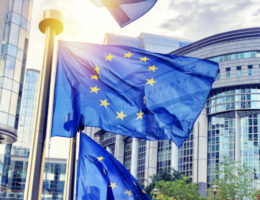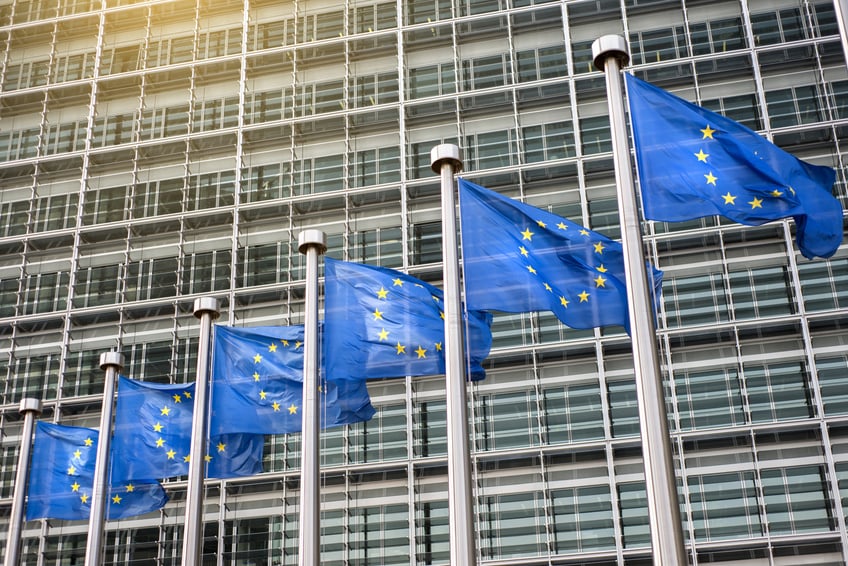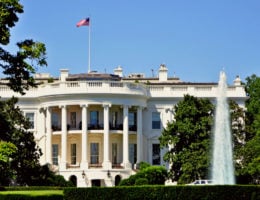The UK government has released its final plans for the new Border Target Operating Model (“the Model”). The Model was initially set for implementation from October this year and has now been delayed to January 2024. The UK Government has agreed to this delay of three months following input from public consultation from the private sector and stakeholders.
On 31 March 2023, the UK announced that it will join the Comprehensive and Progressive Agreement for Trans-Pacific Partnership (CPTPP), joining 11 jurisdictions (including Mexico, Japan, Canada and Australia) across the Asia-Pacific region and becoming the first European country to do so. While the UK already has existing bi-lateral trade agreements with 9 of the 11 CPTPP jurisdictions, the biggest benefits will arise as other jurisdictions join the bloc (with applications to join by jurisdictions including China, Taiwan and Ecuador already submitted).
Requests for preliminary rulings made by courts of EU Member States have always been dealt with by the European Court of Justice. Over the years the CJEU handled numerous customs cases on tariff classification, customs valuation, origin and procedural customs law. Due to capacity restraints at the CJEU, an alternative distribution of jurisdiction between the CJEU and the lower EU General Court is proposed by the CJEU. More specifically, the CJEU requests that the EU Commission propose a change to the Treaty of the Functioning of the EU, such that preliminary ruling requests for, amongst others, VAT and customs matters, are to be submitted to the General Court.
Representatives of the EU and New Zealand held negotiations from 14 to 31 March 2022, discussing most areas of the future free trade agreement between the jurisdictions. According to a two-pager published by the European Commission, EU’s request to be exempt from New Zealand’s import customs fees is the only outstanding element in the text as far as the topic “Trade in goods” is concerned.
On 7 April 2022, the ECJ issued its decision in the case C‑489/20 (UB vs Kauno teritorinė muitinė). UB arranged the unlawful introduction of cigarettes from Belarus to Lithuania. In September 2016, 6000 packages of cigarettes were thrown across the State border to be picked by vehicle on the other side. Lithuanian border officials managed to detain the vehicle carrying the cigarettes that same day.
New Intrastat requirements will enter into force as of January 2022. Intrastat is the EU’s system to track the movement of goods between countries of the EU. Authorities use the statistical data on international trade obtained with Intrastat for example when negotiating trade agreements and to monitoring of the functioning of the internal market.
As of November 30, 2021, a number of retaliatory measures have been suspended by the European Commission with regard to certain products originating in the US, based on Implementing Regulation (EU) 2021/2083. These measures were initially introduced on June 20, 2018, in response to US import tariffs on steel and aluminium originating from the EU. The US has meanwhile announced on October 31, 2021 that it will lift these measures under tariff rate quotas effective as of January 1, 2022.
Following Brexit, the UK government have announced the introduction of new Freeports that may act as hubs for global trade and investment in the UK. These so-called “Free Zones” are special economic customs zones located within a Freeport in the UK. Exclusive customs, VAT and excise rules apply within the Free Zone, making it easier or more cost efficient for operators to import, store and process imported goods in these zones.
Operators may request a binding information decision from the relevant customs authorities in the EU, in order to obtain certainty about the application of customs legislation in respect of the tariff classification or the origin of imported goods across the EU. Currently, EU customs legislation does not facilitate the issuing of a binding information decision in respect the value of imported goods. This can present real challenges for importers where customs authorities across the EU adopt differing approaches on customs valuation matters, which is not uncommon, particularly for the most complex valuation matters (e.g. treatment of royalties/licence fees, assists, transfer pricing adjustments, etc.).









